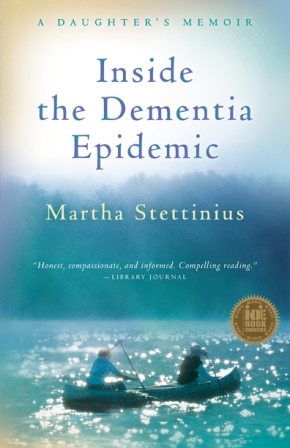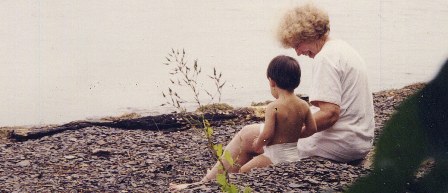4 Activities to Engage Someone with Dementia
 Wednesday, March 20, 2013 at 02:16PM
Wednesday, March 20, 2013 at 02:16PM Today I'm delighted to share with you a guest post from Paula Spencer Scott, senior editor at Caring.com:
Dementia caregivers face long hours to fill each day. Besides marking time, there's another reason to find meaningful activities to engage someone with dementia. The mood lift that comes from spending time doing something absorbing and enjoyable usually continues for hours or even days after the activity itself has been forgotten.
Consider some of the following:
Repetitive arts activities
 Why they may appeal: Some people
Why they may appeal: Some people
with dementia seem to become free
of inhibitions and self-criticism that
kept them from enjoying art earlier
in life. Suddenly, and unexpectedly,
they may spark to painting or crafting in ways they showed no interest in earlier. Arts activities are also expressive and therefore deeply satisfying. By mid-dementia, your loved one may find repetitive activities less stressful. Because they involve doing the same thing over and over, they can ease frustration and provide a sense of mastery.
Examples: Stringing popcorn or pasta for decorations, stamping with inks and wood-cut stampers, creating collages with leaves or magazine images, working with clay
Clerical-type activities
Why they may appeal: People who spent the bulk of their adult lives going into an office may be soothed by activities that echo that life. The materials could be stored in a familiar briefcase or the activities done at a favorite desk. The purpose of what's being done is less important than the purposeful-feeling action of it.
Examples: Rolling coins, sorting papers, stuffing envelopes, clipping coupons, sorting through folders
Outdoor activities
Why they may appeal: Being in the fresh air and sunshine tends to help everyone feel better, sleep better, eat better. Someone who used to spend long hours outside for a job or hobbies can be especially comforted being out in nature. Obviously if your loved one is prone to wandering, you need a secure yard or an elder companion who can keep an eye on him or her.
Examples: Picking up sticks in a yard, weeding, raking, hanging laundry on a clothesline, stacking kindling, digging holes, walking a labyrinth (to minimize getting lost)
Musical activities
Why they may appeal: Musical memories are stored deep in the brain and are often surprisingly long-lasting. Music is a terrific shared activity, so the socialization doubly improves mood. For those who are religious, hymns and other familiar spiritual music can also be deeply comforting; many of these musical memories go all the way back to childhood. Classic holiday music can have a similar effect.
Examples: Listening to favorite music (try loading an iPod with custom play lists), plucking a zither or other simple instrument (such as those made for children learning to play), singing together, dancing, watching old musicals
Paula Spencer Scott is senior editor at Caring.com, the leading online destination for caregivers seeking information and support as they care for aging parents, spouses, and other loved ones. Paula is a 2011 MetLife Foundation Journalists in Aging fellow and writes extensively about health and caregiving. If you need respite from caregiving, be sure to learn more about 8 Ways to Arrange a Break From Caregiving.
(Image courtesy of africa at FreeDigitalPhotos.net)


















Reader Comments (1)
So interesting about painting and the inhibitions being gone. This is good info. Thanks!